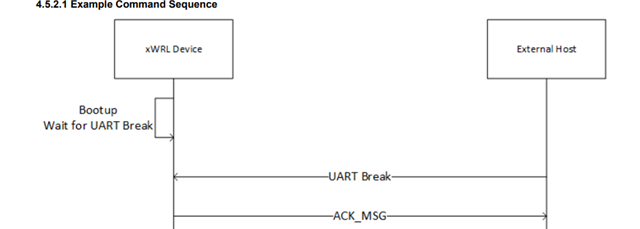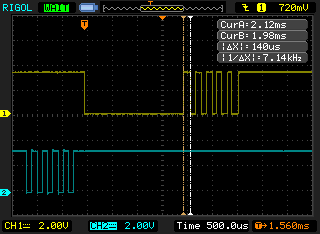Tool/software:
Hello TI Experts,
I am working on the G3507 board and need to generate a UART BREAK signal.
As I understand, the normal UART TX idles at 3.3V, so to generate a break I need to drive the TX line low for a certain duration (around 50 ms).
My intended approach is:
-
Disable the UART peripheral.
-
Reconfigure the UART TX pin as a GPIO output and drive it low.
-
Maintain the low state for ~50 ms.
-
Reconfigure the pin back to its default UART functionality and re-enable UART.
Could you please share example code or the recommended method to achieve this?
Where I need this I attached below, please refer

Thanks & Regards,
Amara Rakesh





